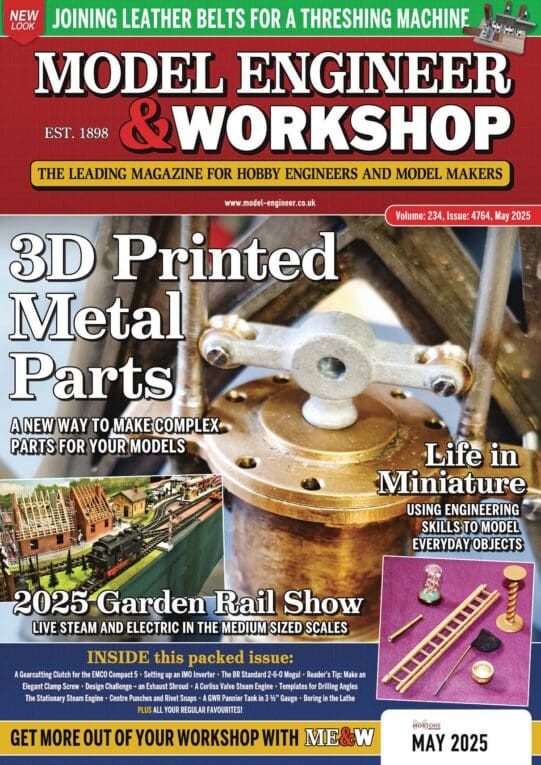Some engineers suppliers will sell single tips. Myford (used to?) sell sets of inserted tip tools of 10mm sq shanks. They don’t use the standard CCMT tips rather the squashed triangle WNMG-06-04 negative rake tips. (Thats the Sandvik number) They come with a .8mm tip radius and are brilliant for cast iron, as well as general turning, so long as the tip radius is not a problem. Produce a near mirror finish, and very economical because you get 6 points per tip, being double sided.
They do suffer a bit in iron because of the abrasion, and there is a KR designated tip specially for iron, but they are not so easy to come by, being a bit more specialised, wheras the WNMG tips are amongst the commonest used in industry.
The only problem is that most negative rake tools are quite a bit beefier than would fit in most model engineers lathe – which is why the Myford tools are so handy. You can take much bigger cuts compared with the CCMT 06 tips. 150 thou or so at 600 odd rpm in mild on a Super 7, whereas the standard CCMT tip often gets unhappy at 50 thou. They won’t do the 250 thou that a steeply raked ground up knife tool will do in free cutting mild, but even so they will shift some metal without the vast quantities of ribbon like swarf that the ground tool will make.
The extra thickness of the WNMG tips also makes them much stronger and less likely to chip in the cast skin during an interrupted cut.
So if you can find a set of those Myford tools it would be well worth it.
How deep. I’m afraid I don’t start at .010 because with a ground up tool you are in the skin all the time. Sometimes that skin is no problem at all, and sometimes its like concrete, and you don’t know till you have knocked the edge off your tool in a few seconds! (Especially with some of the cheaper grades of high speed steel which seem to be doing the rounds) I always start with .030 – .050, but as suggested I keep the speed and feed down. One wants to be sure that the casting is securely held of course, (with 3 points of contact if its on the faceplate.
A 6″ lathe will handle much bigger cuts , but those figures are what I use on the Super7.
mgj.




